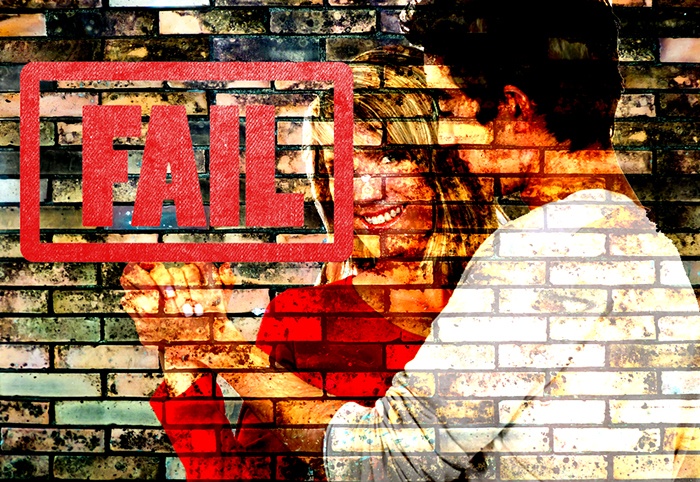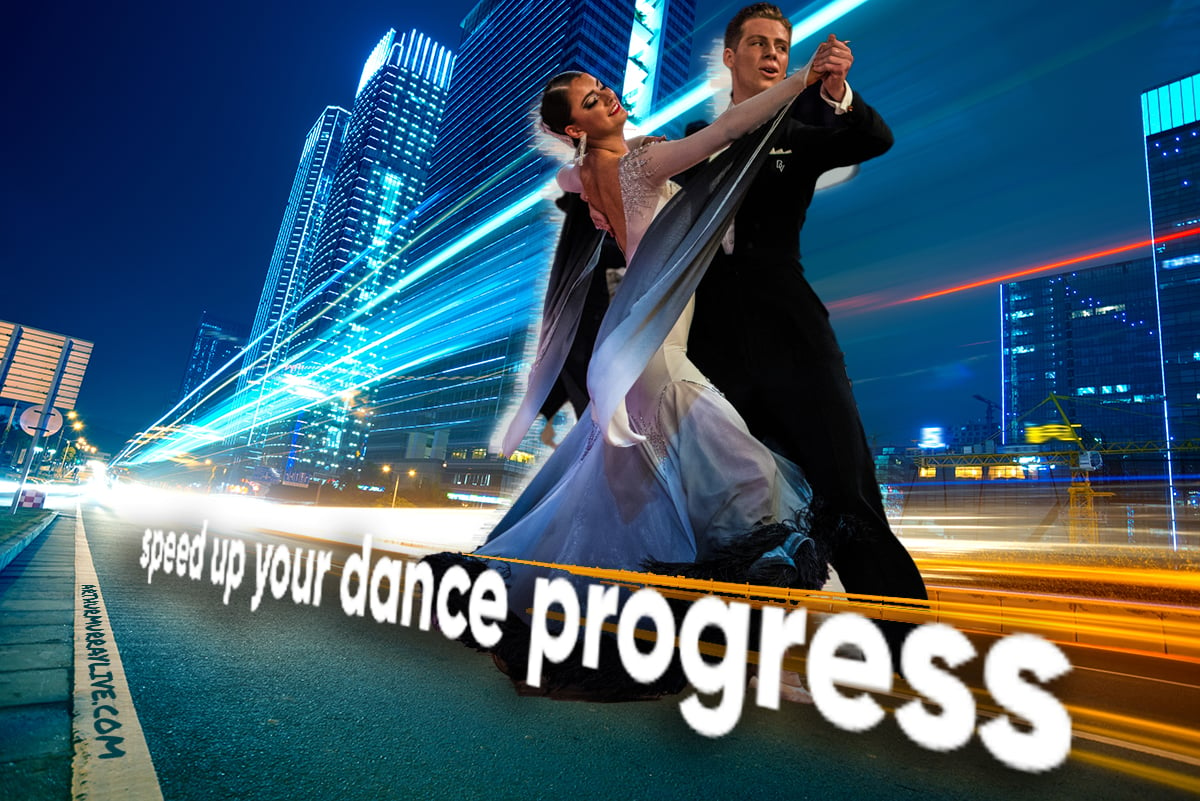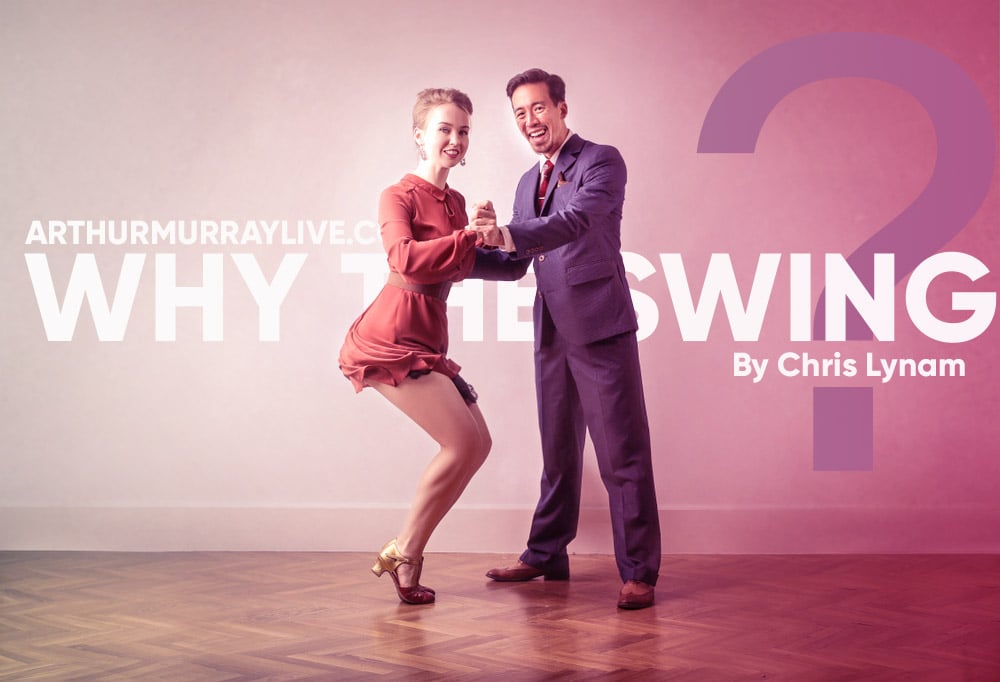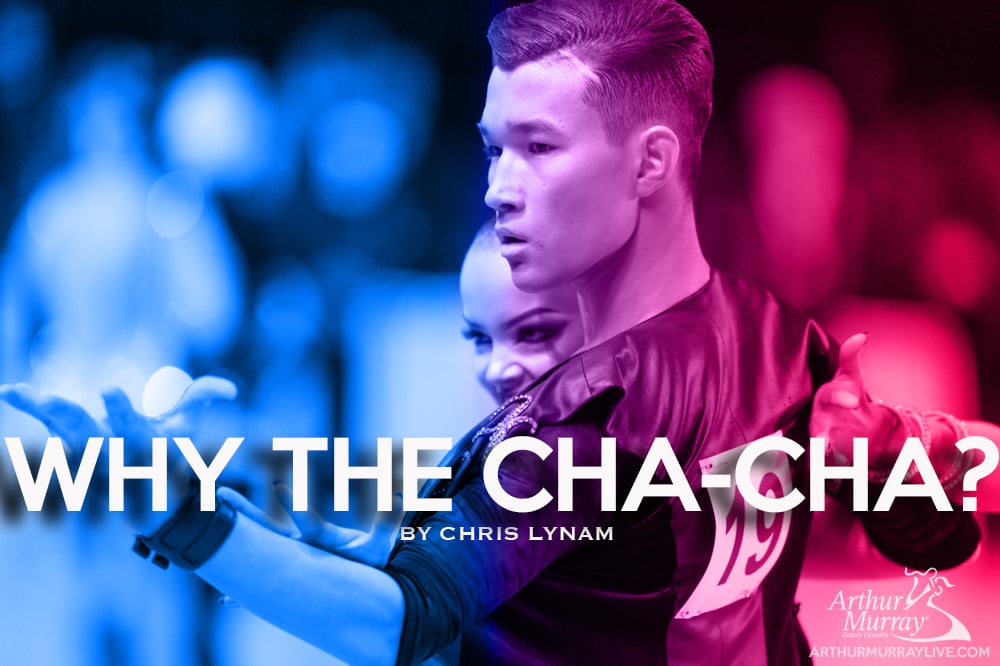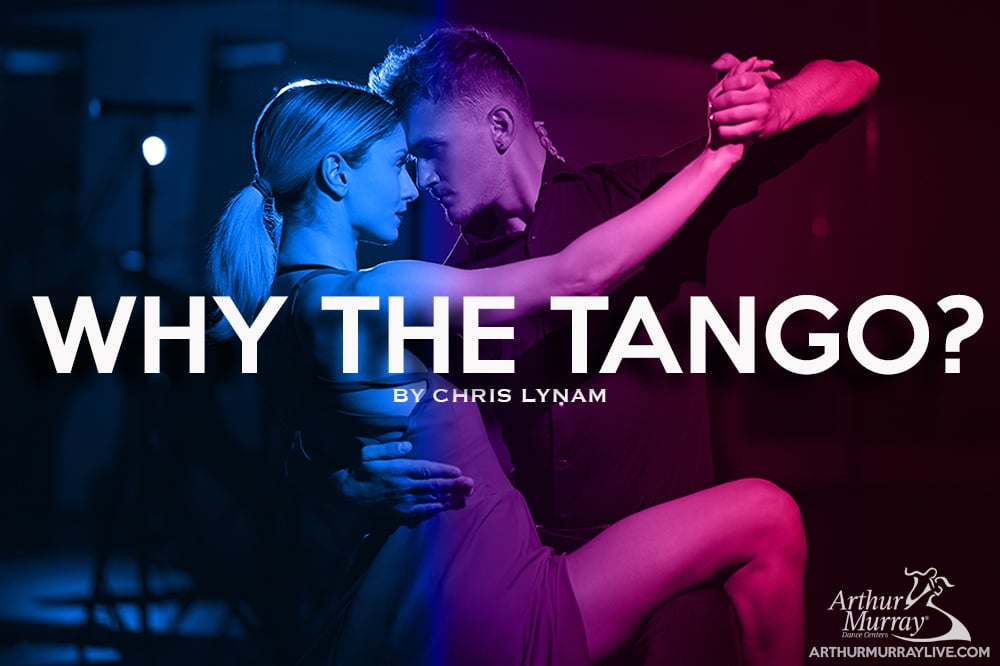 Fail. No wait #Fail, or even #EpicFail. Have we all failed more, or are we just more open to talking about it?
Fail. No wait #Fail, or even #EpicFail. Have we all failed more, or are we just more open to talking about it?
Yes, there are #DanceFail moments, but this isn't a collection of Bad Dance Routines, or classic moments where Amateur dancers should have avoided doing lifts. This is, however, a collection of moments that could lead to the ultimate fail: A former hobby.
Your dance program means a lot to us. It's the ballroom dancing version of a Rocky Balboa comeback story. The best parts of that story take shape, but only if we can avoid as many of the "Fails" listed below.
10 Dance Lesson Fails - How to Avoid the Agony
 1. Long Breaks Between Lessons
1. Long Breaks Between Lessons
As you start your dance lessons, your goal is simple: Momentum.
Going Further
If you watch football, you know how important it is for your favorite Quarterback to get into a rhythm. He starts to settle in, relax, and execute the offense according to plan. That can't happen, however, if the team can't string together a long sequence of plays.
The same can be said for your dancing, and if football isn't your thing - just think of it like the first few chapters of a book. You can't make sense of the characters, locations, and early stages of the plot if you read the book every other week.
We Suggest: Ramp up early, if possible. The best students hit the library and study at the beginning of the school year. The same can be said for the beginning of this new semester of ballroom lessons.
 2. Making Comparisons to other Dance Students
2. Making Comparisons to other Dance Students
It's natural, but it's not necessary. Comparing your journey to another student's is usually a recipe for dance disaster.
Going Further
You've started to learn how to dance to acquire a skill, but also to do something for yourself. Whether it is to feel more confident, get great exercise, or to just avoid feeling out of place when people start dancing - you have your reasons, and they are part of your unique identity.
There are other students who take lessons, just like you, to acquire the skill of dancing, but they also have reasons outside of just dancing. Aside from it being two different humans, with two different sets of goals - we are also talking about two completely different minds and bodies. The best person to compare yourself to, is the version of you that first walked into the door.
We Suggest: Read the 5 Dysfunctional Comparisons of a Dance Student and put a copy in your dance notebook, dance bag, and dance shoes.
 3. Skipping Studio Activities
3. Skipping Studio Activities
Your progress, and participation, are completely tied together.
Going Further
The group classes and practice parties are designed for learning new material, and applying what you've learned - in that order. When you skip one, or both, of those sessions it forces your private lesson to pick up the slack.
We Suggest: Stacking activities together whenever possible. Scheduling is something the Bay Area dance professionals are excellent at. They are used to funky schedules just like yours, and will get as creative as necessary to make sure you can maximize your time.
 4. Internalizing Concerns
4. Internalizing Concerns
When communication goes down, speculation goes up.
Going Further
If you were a boxer, think of your dance instructors and managers as the ringside team in a boxing match. They are there to give you feedback. "Great job with that left turn. Keep it up." They are also there to see how you're feeling? "Are there dances we could make more comfortable for you?" If there is something you aren't sure of, don't feel good about, or is causing you to doubt your dance hobby altogether - those are all great things to communicate with your ringside team.
We Suggest: Over-communicate with your Arthur Murray team. We also recommend that you read this article about why students stop taking dance lessons - so you are aware of how important this is.
 5. Abandoning the Process
5. Abandoning the Process
Give it to me. The moves! My precious.
Going Further
Yes, there are times when dance students can sound like the Ring-obsesses character from Lord of the Rings. At that point, it means that they have lost sight of the process. Whether that's understanding that patterns aren't the only way to learn how to dance, or that a higher level in the chart doesn't always mean we look that way.
We Suggest: Take a look at this article on the Arthur Murray teaching method. It helps shine a light on what each level covers and can eliminate some of the mystery, and process abandonment, in the, well.... process.
 6. Tunnel Vision
6. Tunnel Vision
A single teacher will never be as strong as a team of them.
Going Further
Team teaching helps keep the information you're receiving fresh, because it is coming from a variety of sources. Just like school, one teacher may unlock a message another teacher has been trying to convey.
We Suggest: Think about this - why are students more receptive and open minded on lessons with an Arthur Murray consultant? Sure, it's because they are great teachers, but it's also because they are a new voice on the lessons. Working with other instructors, under the careful direction of management, can produce that same effect. We aren't saying that you aren't always awesome, but, you know, if you knew someone that could benefit from this idea.....
 7. Practicing At Home
7. Practicing At Home
This may seem controversial. It's not. Practicing is more effective once your muscle memory has been established.
Going Further
Let's unpack this idea together. Anything new you are learning - a move, a dance, or dancing in general - needs to have supervised instruction. Agreed?
The supervised instruction allows for you to develop muscle memory, and not a bad case of the "bad habits".
So, practicing at home eliminates the supervised instruction (even if your partner took a dance class in college). It can be highly detrimental to your progress if you haven't developed muscle memory, and it can reinforce any bad habits that may be forming.
We Suggest: Get a tattoo, or write down this little quote - "Programming is much easier than reprogramming your muscle memory."
 8. The Way-Too-Early IPO
8. The Way-Too-Early IPO
This is a little like investment advice. Going public is important, but going public without notifying anyone else involved "just to see what happens" will, more than likely, lead to sub-par results - on or off the dance floor.
Going Further
You've invested in your dance program. It's important to you, and it seems like the right time to give it a shot. Your friends, on the other hand, may not appreciate it. In fact, they may never appreciate it as much as you do. After all, this is your time away, your alternative exercise, and your new social community all rolled into one.
The only thing your friends and family can compare you to is a TV show they watch, where shirts are optional, and half of the dancers are World Champions. Fair?
We Suggest: Before you take your investment public, we recommend that you share that goal with your teacher so they can consult with you on how to ramp things up and prepare for feedback.
 9. "Nothing to Report"
9. "Nothing to Report"
Taking notes can keep your brain from conspiring against your dance goals.
Going Further
Whether it is on your phone, your tablet, or an actual tablet (with a pen or pencil), taking notes is a great way to keep your dance brain from feeling overloaded. Without it, patterns seem confusing, you can easily lose track of positive feedback, and you're left relying on a brain/computer that clears the cache of information every night when you go to sleep. Your next lesson will thank you for taking notes.
We Suggest: Read this guide to creating a Dance Notebook. Next, pick up a notebook by Word. They're small, handy, and come in a great array of colors. Then ask your teacher what you should write down. This leaves nothing left to interpretation.
 10. Not Open for Business
10. Not Open for Business
Being closed is never good - for business, or for learning.
Going Further
Bobby Gonzalez once said, "The key to success is just two things: Good Health, and an Open Mind". If you block new ideas with the dexterity of Wonder Woman and her bracelets, then progress is very limited. The more your mind opens to new ideas, the greater your dance palette can expand. You can't learn everything if you're only open to a few things.
We suggest: Keep that mind open. Remember, a big part of the reason you came in to dance was to expand your comfort zone, right? The easier it is to pour in information, the easier it will be to learn new things.
Final Thought
You've already done one thing, one incredibly important thing, that can alleviate a lot of these potential fails from ever occurring - you are an Arthur Murray student. That doesn't mean the planets will align, the dancing fairy dust will come sprinkling in, or your feet will always come together when they're supposed to.
But you have a team of teachers, with a collection of training, stories, and a syllabus that goes back 100 years. Sure, these fails can happen to anyone - yes, even Arthur Murray students - but it helps to know that at the place you call your dance home, it won't be happening for the first time.



